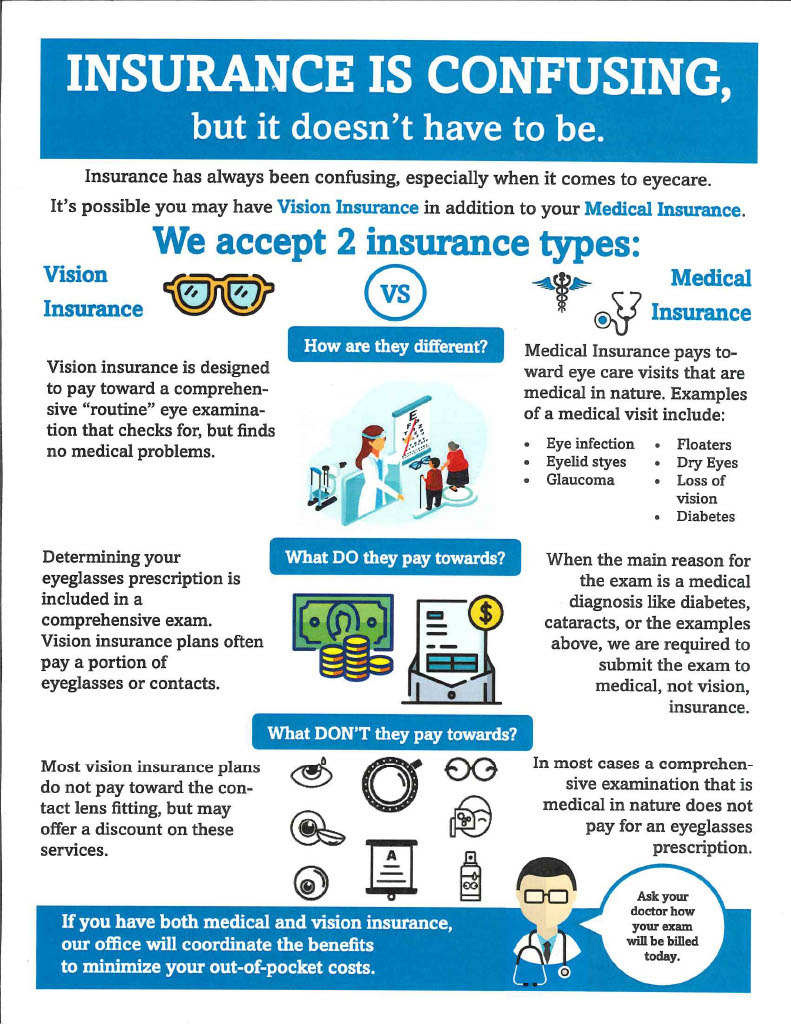The Basic Principles Of Medicare Advantage Agent
The Basic Principles Of Medicare Advantage Agent
Blog Article
The Main Principles Of Medicare Advantage Agent
Table of ContentsTop Guidelines Of Medicare Advantage AgentMedicare Advantage Agent Fundamentals ExplainedSome Known Details About Medicare Advantage Agent

follows from adheres to the perplexing young reasonably profile of the uninsured with the better healthMuch better on average, of younger personsMore youthful For those without accessibility to office health and wellness insurance policy, poor health and wellness is a possible obstacle to buying nongroup protection because such insurance coverage may be extremely valued, leave out preexisting problems, or be merely not available. Unless otherwise noted, nationwide estimates of people without wellness insurance coverage and proportions of the populace with different kinds of insurance coverage are based on the CPS, the most extensively utilized resource of price quotes of insurance policy protection and uninsurance rates.

Not known Incorrect Statements About Medicare Advantage Agent
The relationship in between health insurance coverage and access to care is well established, as documented later in this chapter. The relationship between health insurance coverage and health and wellness results is neither straight neither simple, a comprehensive scientific and health solutions research literature links health and wellness insurance coverage
to improved access accessibility care, better far better, and improved boosted and population populace statusStanding The second record, on personal health end results for uninsured grownups, is represented by the inner circle of the figure, while the 3rd report, on household wellness, incorporates the subjects of the 2nd record however highlights a various device of analysis, specifically, the family.
Moreover, it concentrates especially on those without any medical insurance for any size of time. The issues encountered by the underinsured are in some aspects similar to those dealt with by the without insurance, although they are normally much less extreme. Uninsurance and underinsurance, however, involve clearly different plan problems, and the methods for addressing them may vary. Throughout this research study and the five records to follow, the primary emphasis gets on persons without wellness insurance policy and hence no support in spending for healthcare past what is offered with charity and security internet institutions. Medical insurance is an effective element influencing invoice of treatment since both clients and physicians respond to the out-of-pocket price of services. Medical insurance, nevertheless, is neither necessary nor adequate to get access to clinical services. The independent and direct effect of health and wellness
insurance coverage protection access to health services solutions well established. Others will get the wellness care they require even without medical insurance, by paying for it out of pocket or seeking it from service providers who use treatment cost-free or at very subsidized rates. For still others, medical insurance alone does not ensure receipt of care since of other nonfinancial barriers, such as an absence of healthcare suppliers in their area, restricted access to transport, illiteracy, or etymological and social differences. Official study concerning without insurance populaces in the USA dates to the late 1920s and very early 1930s when the Board on the Expense of Treatment created a collection of records concerning financing medical professional office sees and hospital stays. This issue came to be salient as the numbers of medically indigent climbed during the Great Clinical depression. Empirical researches consistently support the web link between access to care and boosted wellness end results(Bindman et al., 1995; resource Starfield, 1995 ). Having a routine source of treatment can be considered a predictor of access, instead of a straight measure of it, when health and wellness outcomes are themselves utilized as access signs. This extension of the notion of gain access to measurement was made by the IOM Board on Monitoring Access to Personal Healthcare Provider(Millman, 1993, p. Whether moms and dads are guaranteed shows up to influence whether their kids obtain care as well as just how much careeven if the children themselves have coverage(Hanson, 1998). The health of parents can influence their capacity to take care of their children and the degree of family members tension. Stressing over their children's access to care is itself a resource of stress for parents. Three phases follow in this report. Phase 2 supplies an overview of how employment-based medical insurance, public programs and private insurance plan run and communicate to give extensive yet insufficient protection of the U.S. populace. This includes a review of historic patterns and public laws impacting both public and private insurance, a discussion of the interactions amongst the various kinds of insurance coverage, and an evaluation of why people relocate from one program to another or end up

Report this page